18 ‘Forbidden’ Love Songs from the ’60s That Shocked the Airwaves
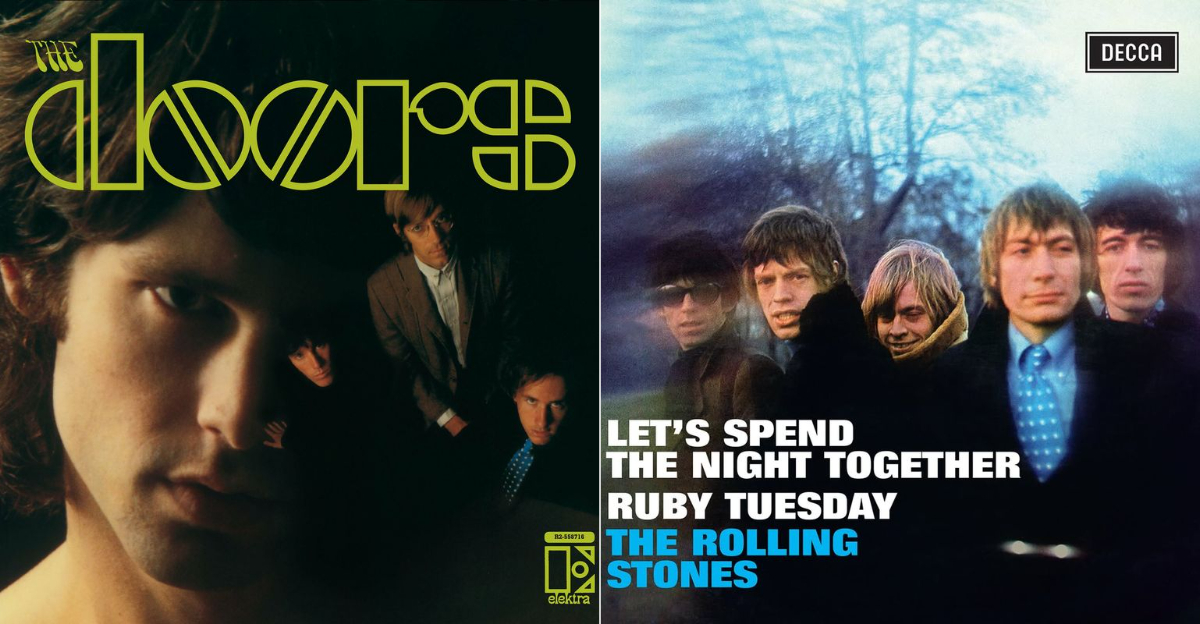
The 1960s were a time of social upheaval, cultural rebellion, and musical innovation. During this decade, a number of love songs emerged that pushed boundaries, challenged societal norms, and shocked listeners.
These tracks were bold statements that dared to explore taboo themes and emotions, leaving a lasting impression on the music industry.
Here, we delve into 18 ‘forbidden’ love songs from the ’60s, each with its own unique story of controversy and influence.
1. “He Hit Me (And It Felt Like a Kiss)” – The Crystals (1962)
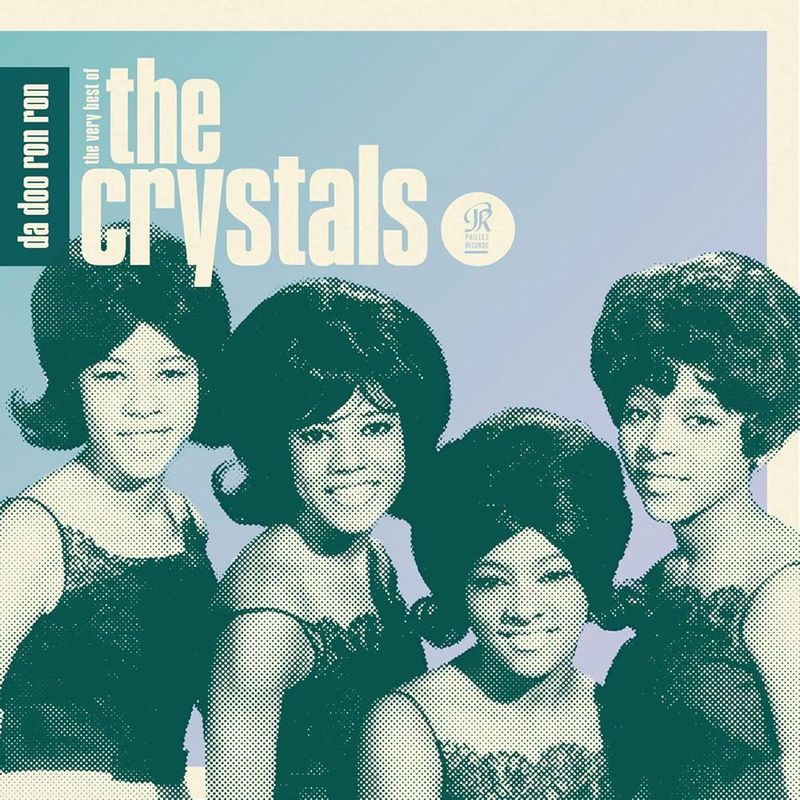
This Phil Spector-produced track shocked even the most liberal listeners with its deeply unsettling lyrics that appeared to romanticize abuse. Radio stations quickly pulled it, and even in a decade known for pushing boundaries, this one crossed a line.
The controversy actually helped fuel conversations about domestic violence, decades before it was widely addressed in music.
2. “Society’s Child” – Janis Ian (1966)
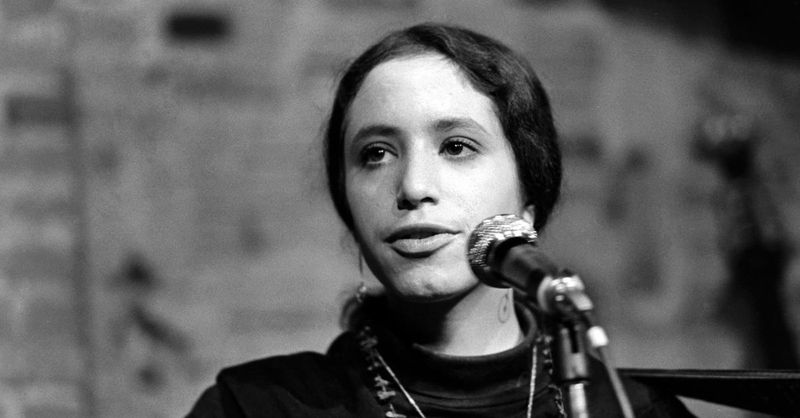
At just 14, Janis Ian dared to sing about an interracial romance, which led to bans, threats, and pulled airplay. It was raw, honest, and far ahead of its time.
The song eventually gained praise from Leonard Bernstein and found success, but not without turbulence.
3. “My World Is Empty Without You” – The Supremes (1965)
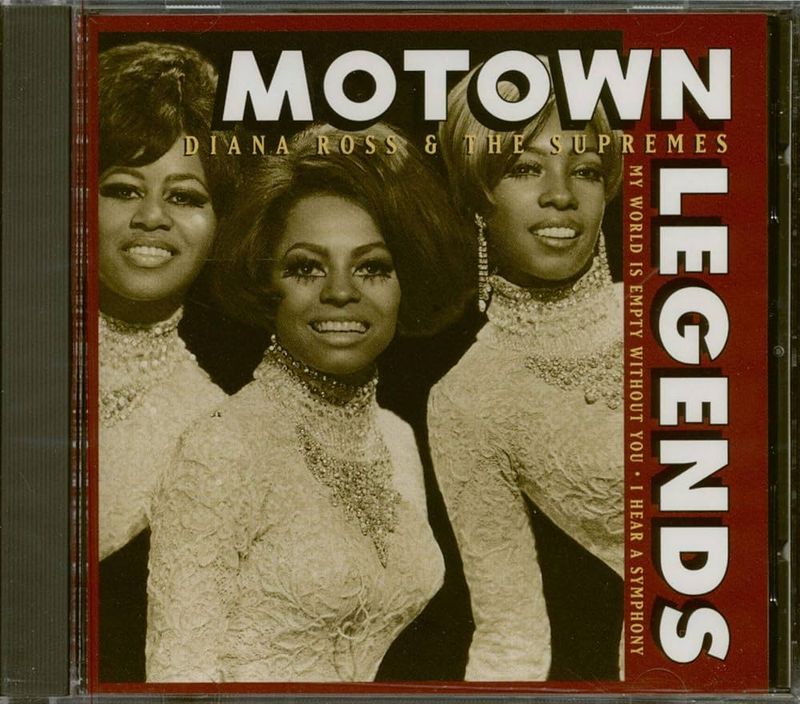
On the surface, it’s a Motown classic, but its lyrical intensity about emotional voids was considered dark and disturbing.
It hinted at the depth of female despair, a topic often ignored in pop. Diana Ross’s fragile vocals gave the song haunting power.
4. “Let’s Spend the Night Together” – The Rolling Stones (1967)
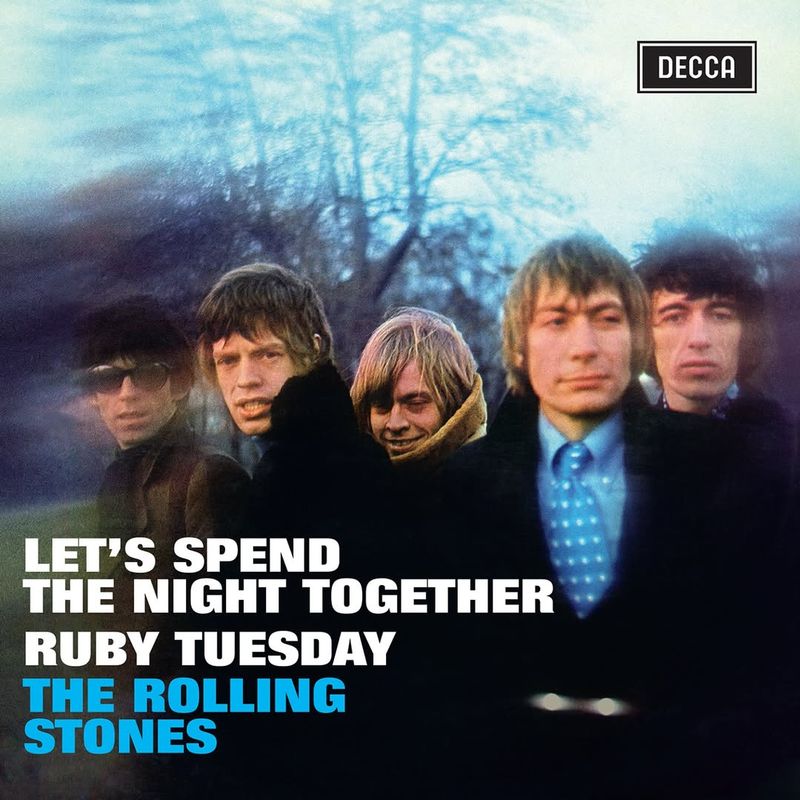
When Mick Jagger practically purred the title line, television execs flinched. He was asked to tone it down on The Ed Sullivan Show, and did, reluctantly, but everyone knew the original message.
The song’s blunt take on casual sex was taboo in a still-conservative America.
5. “To Love Somebody” – Bee Gees (1967)
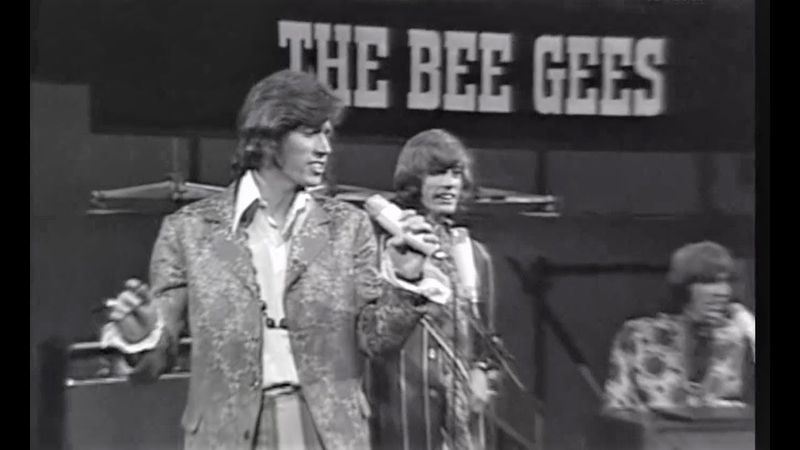
The song’s soulful sound crossed boundaries, earning unexpected popularity in soul and R&B circles. At the time, a white British band expressing such deep emotional vulnerability and doing it well was radical.
It defied both racial and genre expectations.
6. “The End” – The Doors (1967)
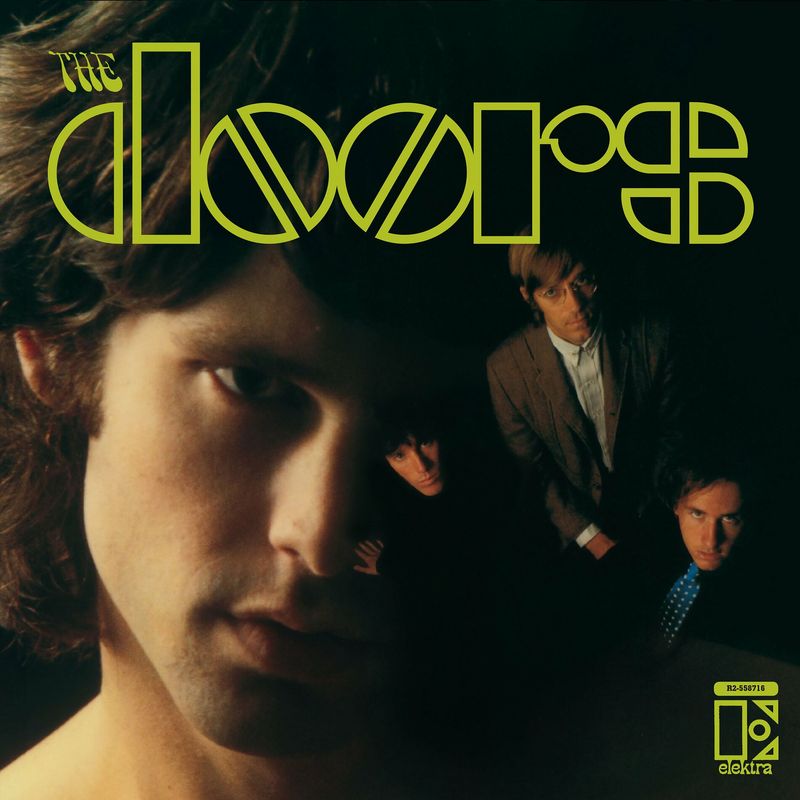
What began as a psychedelic journey ended in an Oedipal nightmare. Jim Morrison’s delivery of “Father… I want to murder you. Mother… I want to…” sent chills through radio execs, many of whom refused to air it.
Its intensity helped seal The Doors’ rebellious reputation.
7. “I’m Your Puppet” – James & Bobby Purify (1966)
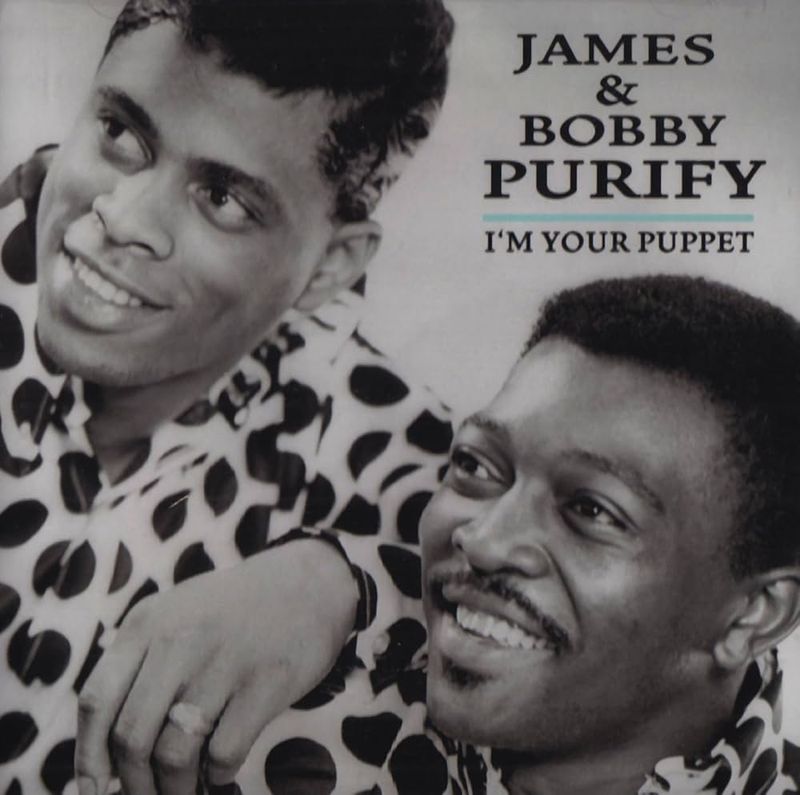
What sounded like a sweet love song carried undertones of toxic emotional dependence. Some listeners interpreted it as romantic submission taken too far.
Regardless, it had a groove too infectious to fully cancel.
8. “Only the Strong Survive” – Jerry Butler (1969)
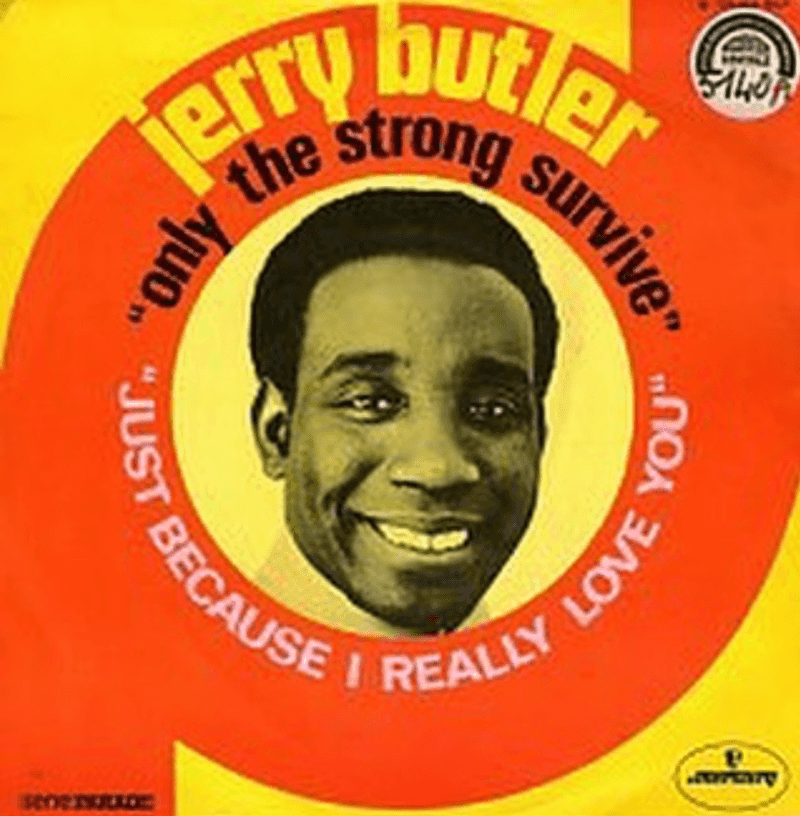
This track turned the usual heartbreak narrative on its head by preaching resilience instead of sorrow. For some, that masculine emotional strength was uncomfortable—too defiant, too confident.
But it became a soul anthem for those tired of being walked over.
9. “Girl, You’ll Be a Woman Soon” – Neil Diamond (1967)

The song’s suggestive age gap and fatherly tone made it controversial even in the freewheeling ’60s. Critics were unsure whether to label it romantic or predatory.
Later covered in Pulp Fiction, it hasn’t gotten any less awkward.
10. “Young Girl” – Gary Puckett & The Union Gap (1968)
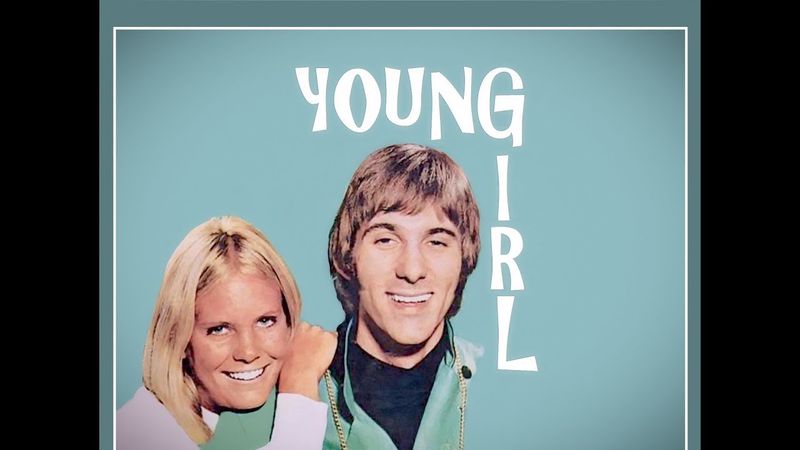
“Get out of my mind” never sounded so creepy. The song deals with a man realizing his romantic partner is underage, yet still shifts the blame onto her.
Radio played it relentlessly, but it was always with a raised eyebrow.
11. “Light My Fire” – The Doors (1967)
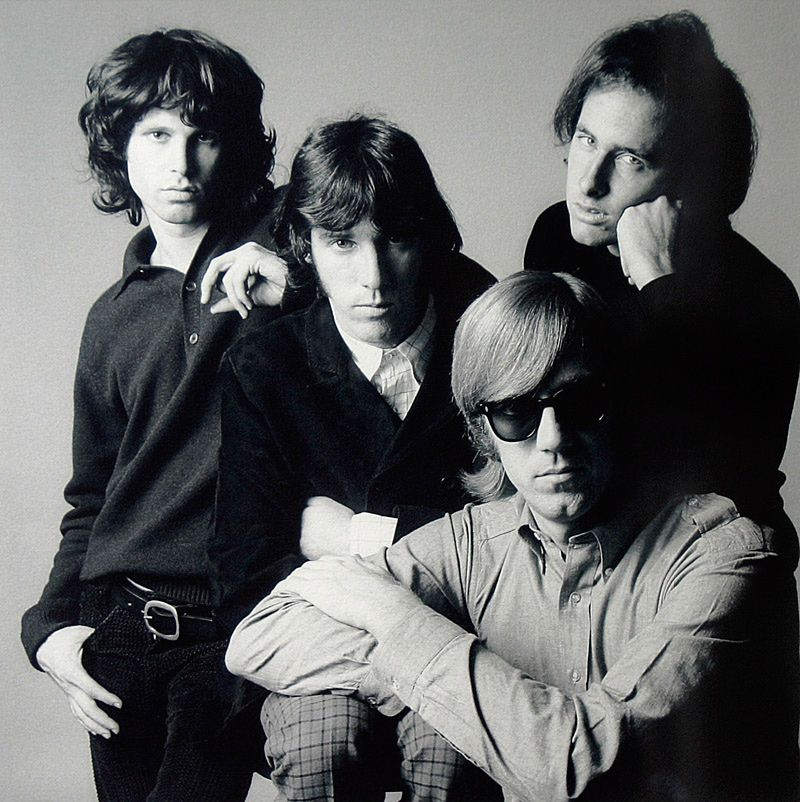
Besides its barely veiled innuendo, the song’s seven-minute runtime was a problem for commercial radio. The full version was trimmed for broadcast, but Morrison’s steamy delivery remained intact.
It became a defining moment for psychedelic rock rebellion.
12. “Woman Is the N*** of the World” – Yoko Ono & John Lennon (1969)
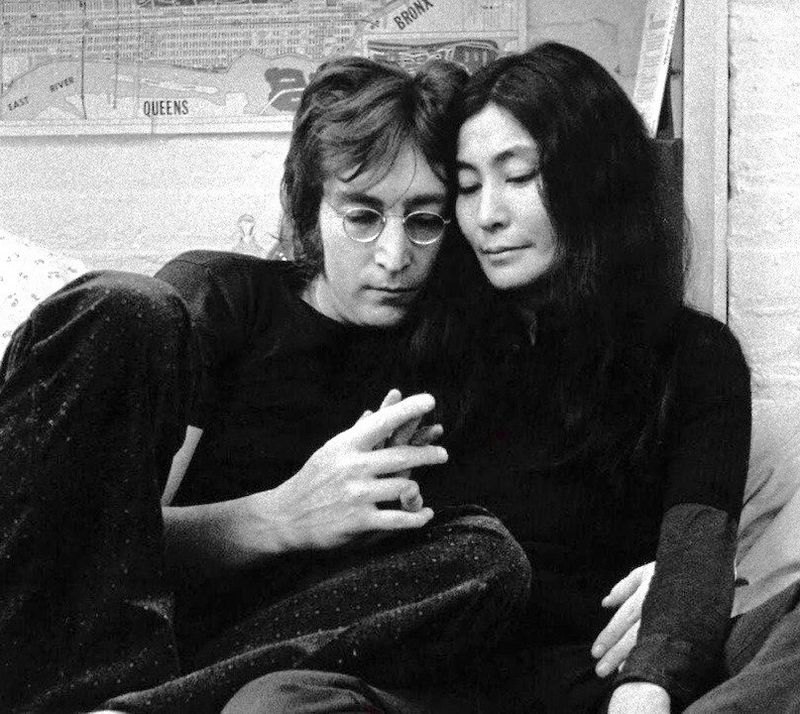
Even Lennon’s fame couldn’t shield this from outrage. With a title that quoted activist Zora Neale Hurston and a raw feminist message, the song was banned across many platforms.
Still, it forced a global conversation about sexism, as well as censorship.
13. “A Lover’s Concerto” – The Toys (1965)
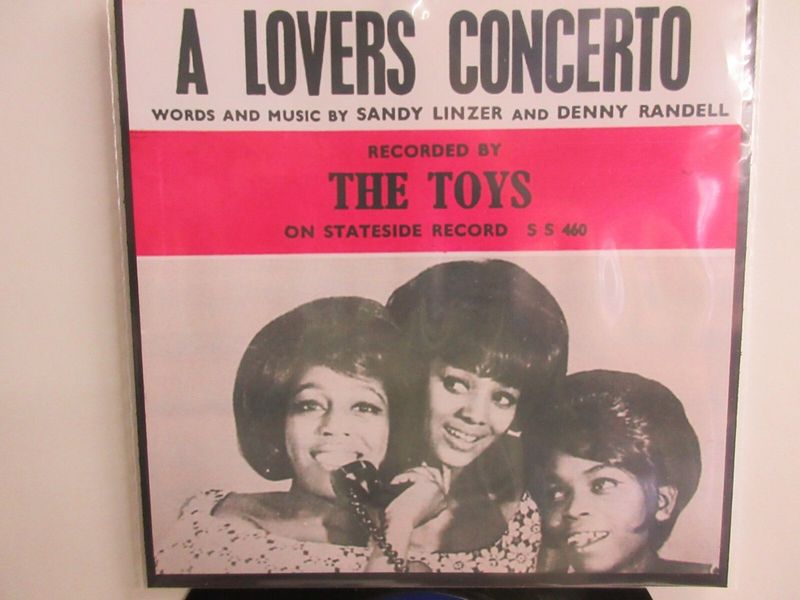
Using a melody based on a Bach minuet, this track turned classical music into bubblegum pop. Purists hated it, calling it sacrilegious, while teens embraced its elegance.
The genre mashup was more radical than people realized at the time.
14. “You’ve Lost That Lovin’ Feelin’” – The Righteous Brothers (1964)
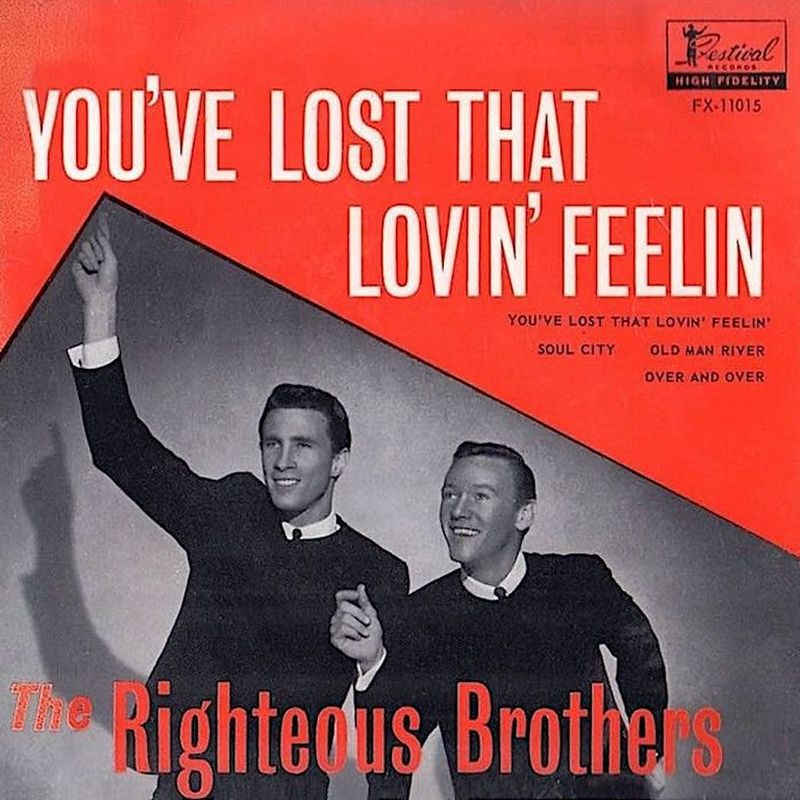
Now a beloved classic, it was initially seen as overly emotional for a male group. Its slow tempo and mournful vibe went against the upbeat norm.
But its heartfelt delivery paved the way for more expressive ballads.
15. “If You Gotta Go, Go Now” – Bob Dylan (1964)
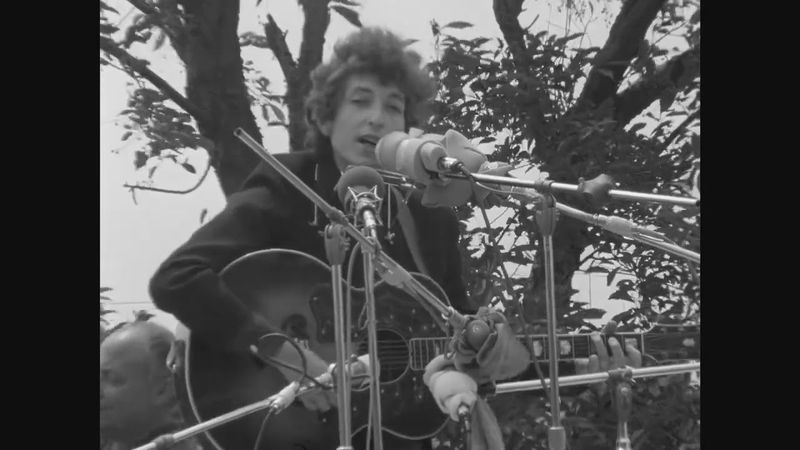
The song flirts with casual sex, something Dylan wraps in sly wordplay and charm. For an era still clinging to polite romance, it was scandalously blunt.
Naturally, that only made it more interesting to Dylan’s fans.
16. “A Whiter Shade of Pale” – Procol Harum (1967)
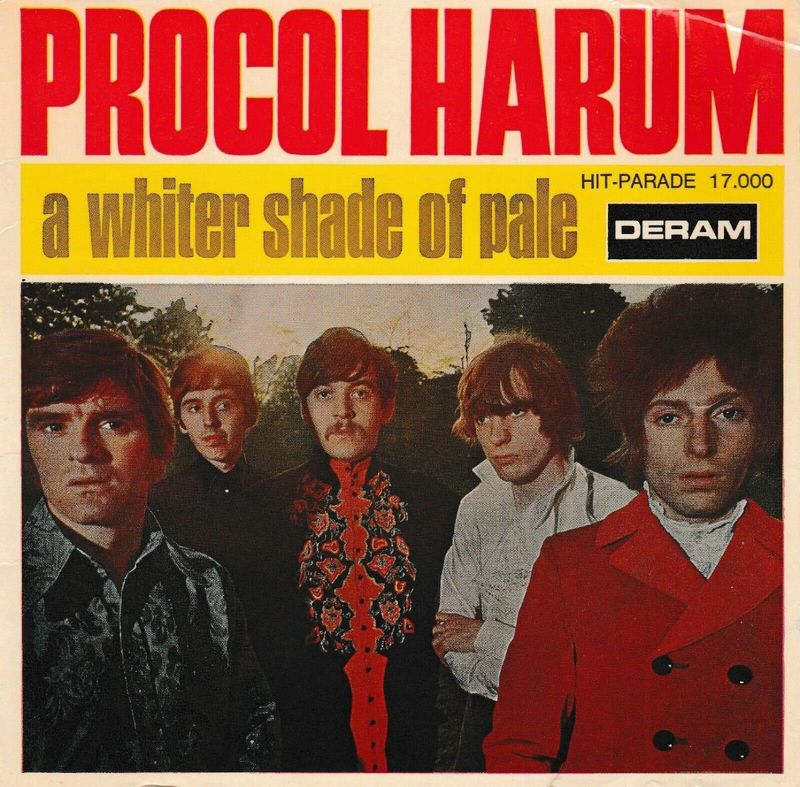
Cryptic, surreal, and possibly referencing a drunken hookup, or something deeper, the lyrics sparked endless debates.
Its Bach-inspired organ and dreamy vocals gave it cult status. Yet for many, its strangeness was its sin.
17. “The Look of Love” – Dusty Springfield (1967)
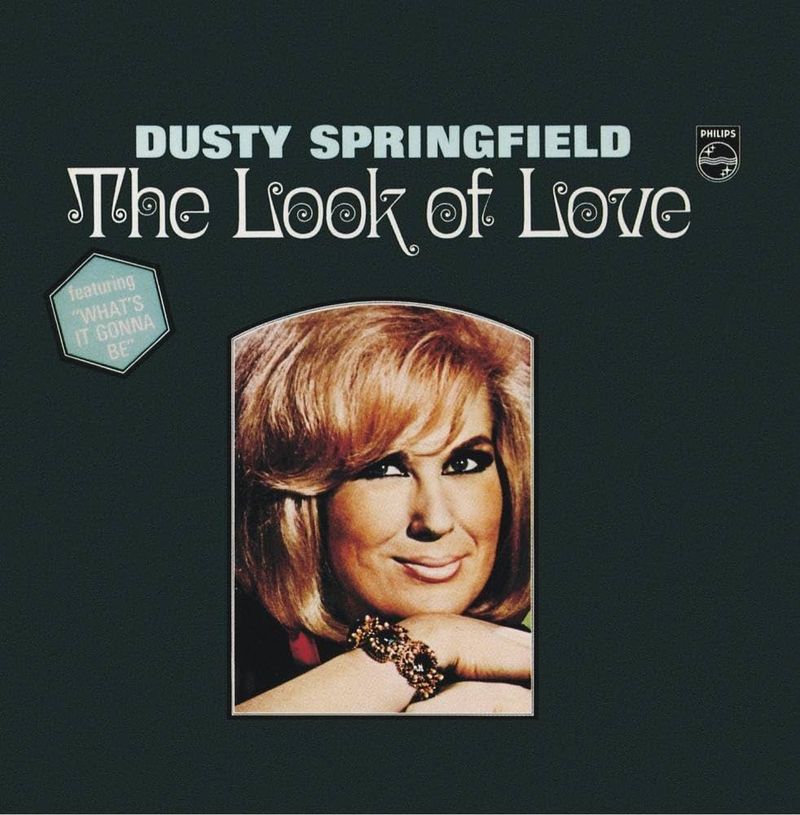
Dusty didn’t just sing the lyrics—she purred them. The song oozed sophistication and sexual tension, making it one of the decade’s most quietly provocative tracks.
It was classy scandal, wrapped in orchestral bliss.
18. “Love Child” – Diana Ross & The Supremes (1968)
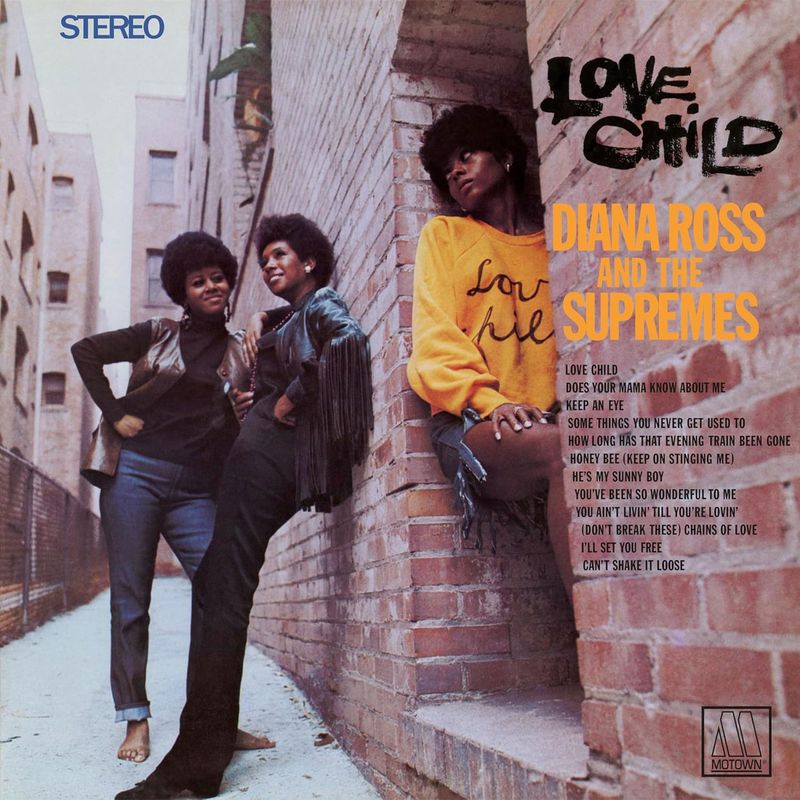
Addressing the shame and hardship of being born out of wedlock was unheard of in pop at the time.
Diana Ross delivered the message with power and grace, making it a No. 1 hit despite the taboo. It gave voice to millions with similar stories.
